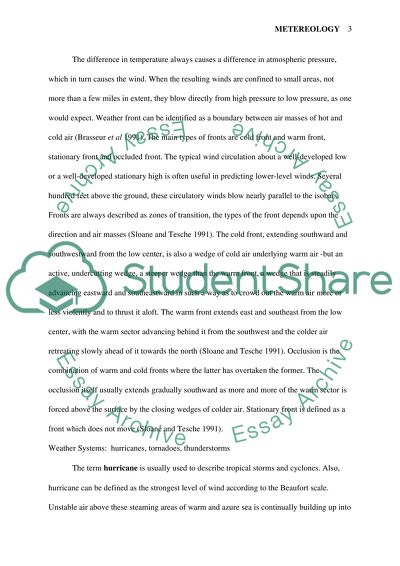Cite this document
(“Metereology Essay Example | Topics and Well Written Essays - 1500 words”, n.d.)
Metereology Essay Example | Topics and Well Written Essays - 1500 words. Retrieved from https://studentshare.org/miscellaneous/1522062-metereology
Metereology Essay Example | Topics and Well Written Essays - 1500 words. Retrieved from https://studentshare.org/miscellaneous/1522062-metereology
(Metereology Essay Example | Topics and Well Written Essays - 1500 Words)
Metereology Essay Example | Topics and Well Written Essays - 1500 Words. https://studentshare.org/miscellaneous/1522062-metereology.
Metereology Essay Example | Topics and Well Written Essays - 1500 Words. https://studentshare.org/miscellaneous/1522062-metereology.
“Metereology Essay Example | Topics and Well Written Essays - 1500 Words”, n.d. https://studentshare.org/miscellaneous/1522062-metereology.


